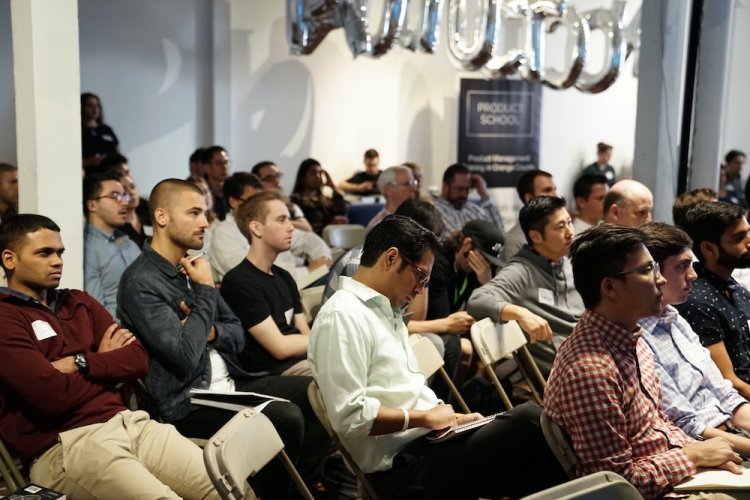Tips for Educators
A Quick Guide To Understanding Mastery-Based Learning
- Jun 20, 2022
- 0
- 1661

Every student is unique in their learning style - not all students will understand their curriculum in the same way or within the same time frame. While one student might take a few hours to learn a concept, another one might take a few days. However, due to the fast-paced curriculum in schools, students who learn at a relatively slower pace tend to miss out on learning key concepts. What is the solution? Mastery-based learning.
Mastery-based learning is a concept that revolves around mastering the current concept you are learning before you move on to the next one. This means you cannot simply move on to multiplication without knowing the basics of addition and subtraction. Students need to demonstrate they have in-depth knowledge about a particular topic before proceeding further. Sal Khan - in an interview with Forbes - says allowing students to graduate to the next grade when they have only mastered 70-80% of the material can lead to an enormous learning gap, leaving learners unable to accurately demonstrate the skill set.
It removes the time constraint set by schools, motivates students to learn in a more relaxed manner and integrates a growth mindset that reminds students their capabilities can be refined with practice and dedication.
How To Integrate Mastery-Based Learning In Classrooms?
When a new topic is introduced in class, every student has varying reactions. Some understand the concept right off the bat, while others would prefer reading and reinforcing it after class for full understanding. Cult of Pedagogy talks about the learning journey of a student from the initial scare to complete awareness of the topic. As a teacher, you need to create a classroom environment that caters to each student’s learning pace. Here are five tips on implementing mastery-based learning in classrooms:

- Curate a system to evaluate validity of assessments and reliability of scoring by using statistical methods like psychometrics (if a test fails to show much difference between skilled and unskilled examinees, it is not a reliable one)
- Try out different types of assessment methods - including performance assessments - through which learners can demonstrate their competence.
- Track assessments to measure a learner’s progression and provide immediate feedback and support to your student.
- Identify assessments you can use to determine placement for learners who transferred into an MBL environment.
- Offer avenues of support for learners who need additional assistance.
While this seems like a great idea on paper, many people are unsure of how mastery-based learning is applied in reality. This method has some disadvantages like -
- It has to be self-paced; so students won’t be learning from the same material, making it harder for them to collaborate
- There is no social element - MBL doesn’t involve classes or cohorts
- There is no definite time period for learning, hence mastery based learning can be indefinite
- A massive shift in grading and assessment pattern may not be feasible to all institutions
A commonly used method to teach children with different competencies is to divide them into different classes. You can conduct an annual assessment to gauge which classroom each student should be assigned to. For instance, students scoring the highest can be assigned to class A, while students scoring the least can be assigned to class C. Average-performing students would naturally be put in class B. With this approach, your students will display similar levels of competencies and subject knowledge, allowing you to tailor the pace of your classes accordingly.
While implementing MBL, teachers need to keep track of multiple students and their levels of learning. On top of this, they need to provide extra time to slow-paced learners, and as a result, fast-paced learners might not receive the same level of attention. The notion of mastery-based learning seems good in theory, but unfortunately the implementation of the same across institutions will probably take time.
Add Comment
Related Blogs

Tips for Educators
6 Ways To Inculcate Culture-Based Education In The Classroom
- Natasha Di...
- May 26, 2022
- 0
- 2972
Popular Blogs

Tips for Educators
3 Tips To Apply Classical Conditioning In Classrooms
- Natasha Di...
- Apr 25, 2022
- 0
- 21539

Understanding Concepts
4 Reasons Why Skill-Based Learning Is Important For Students
- James Coop...
- Mar 14, 2022
- 0
- 11016

For Parents
Everything You Need To Know About STEAM Education As A Parent
- James Coop...
- Mar 1, 2022
- 0
- 10818












